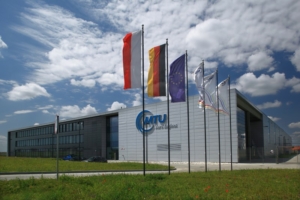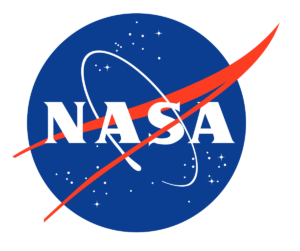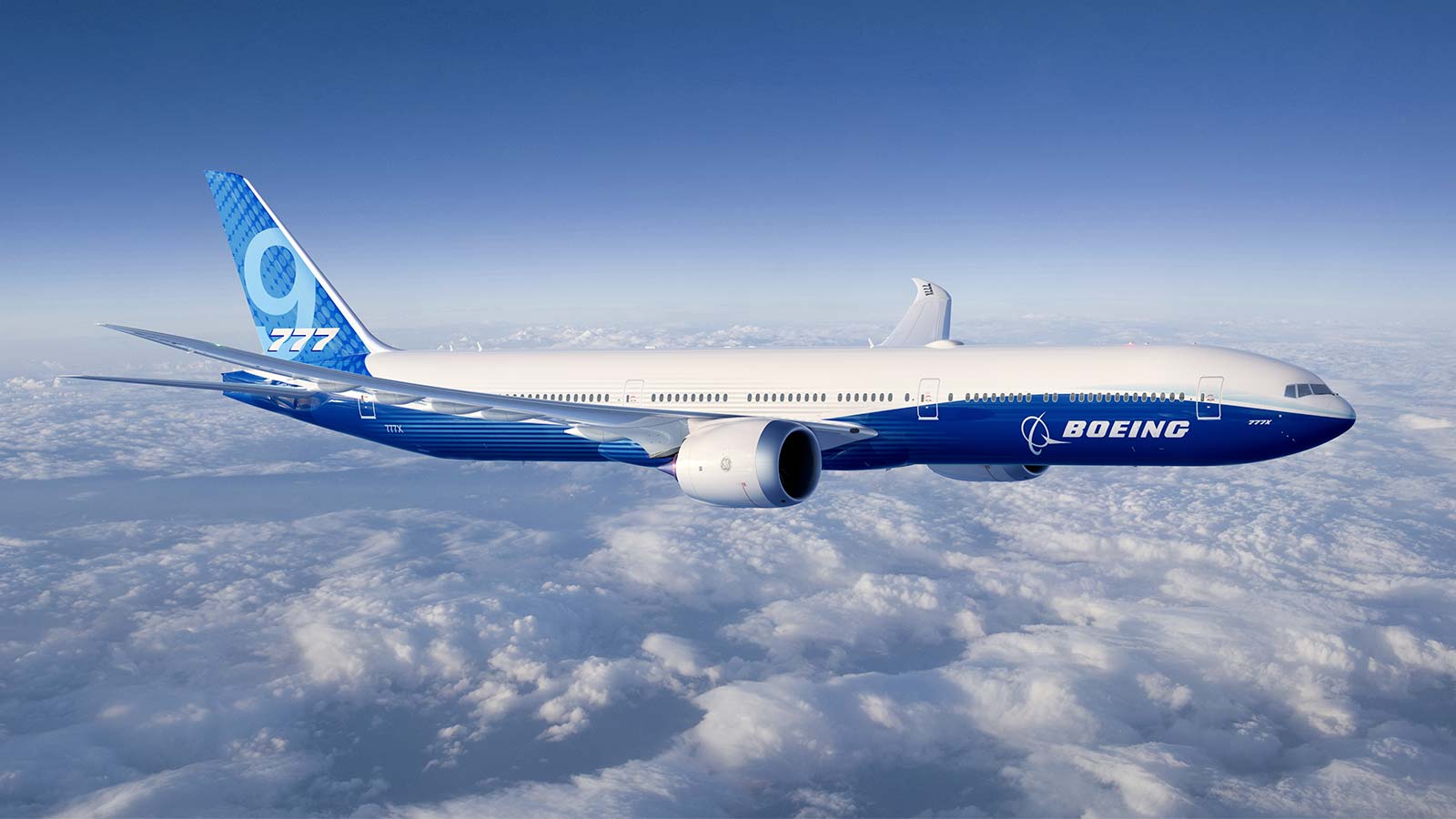Aerospace and aviation have a reputation for holding vendors to incredibly high standards. The construction of flying machines brings together the most complex feats of engineering and science and they’re right to be highly scrutinized. In 2017 close to 1 billion people flew commercial airlines, and with such potential for catastrophe, these industries rely heavily on cutting edge technology. Testing, validating, and research, are principles that apply to not just commercial aircraft but spacecraft as well.
 Aircraft engine under the watchful eye of a 3D scanner
Aircraft engine under the watchful eye of a 3D scanner
One example of using the latest technologies in the aviation industry is the world-famous German engine manufacturer, MTU Aero Engines. MTU is involved in the development, production, promotion, and support of commercial and military aircraft engines and stationary gas turbines. MTU was charged with collecting data to show finite, 3D images of their engine’s complex parts and components. MTU selected SMARTTECH3D as their vendor in this project because of SMARTTECH’s reputation for quality and excellence. The collected scans were used to create functional and professional 3D CAD models. MTU reported that utilizing the SMARTTECH3D scanners turned out to be exactly what they were looking for and the now frequently rely on 3D scanning services. SMARTTECH3D scanners have been independently certified for accuracy, which adds a guarantee and peace of mind when working with such incredibly complicated machines.
 Wing plating testing in Boeing laboratories
Wing plating testing in Boeing laboratories
On the other side of the world, commercial airline giant Boeing recently introduced 3D scanning technology to its laboratory and testing facility – Boeing Aviation Service Research Center (ASRC). One part of their inspection process involves looking closely at the wing plating. Typically this is a manual and visual inspection looking to catch any deformation in the wing plates as a result of a rock, bird, or any other impairment. By replacing a visual inspection with a SMARTTECH3D scanner, Boeing was able to remove any potential for human error in a very critical process. A 3D scan was able to catch small deformations that otherwise went undetected from the visual inspection, which significantly improves the safety of the flying public at large.
 Polish 3D scanning technology at NASA research center
Polish 3D scanning technology at NASA research center
Optical scanning isn’t limited to airliners. A burgeoning space industry is also relying on high definition optical scanning. The U.S. Space Administration – NASA uses SMARTTECH3D scanning to digitize the first models of spacecraft.
The incredible technology behind the SMARTTECH3D Optical Measuring Machines in combination with the use of CAD systems create new possibilities previously unattainable by other techniques. With SMARTTECH3D it is possible to create, the CAD model of the engine, examine the plane wings of an aircraft or even create a CAD model of the entire aircraft. The possibilities of 3D scanners are vast. What’s the next challenge that a 3D scanner can help you with?


